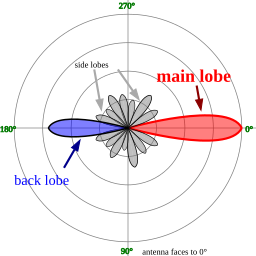Once again I have the pleasure of announcing the next Communication in Engineering (CCOM 206) Excellence in Written Communication Award. Alexandre Tessier is the Fall 2017 winner for ‘Comparative Analysis of Interference-Free Alternatives to Wi-Fi’ (yay!).
Abstract:
Current Wi-Fi technologies occupy oversaturated 2.4 GHz and 5GHz frequency bands. In areas with high router density, this results in poor Wi-Fi performances, and, especially, slow data transfer rates at a time when demand for high-speed networks is rising. To minimize these effects, new technologies taking advantage of the availability of higher frequencies have been developed.In particular, Li-Fi and WiGig aim to transfer data wirelessly at rates faster than Wi-Fi and, more importantly, without interference. This paper assesses the viability of these two technologies as interference-free alternatives to Wi-Fi based on 3 standard networking attributes: data transmission capabilities, security, and vulnerability to interference. The analysis concludes that Li-Fi can transfer data at higher rates than WiGig, can be used to implement location-based security levels, and, unlike WiGig, is impervious to interference from neighbouring cells. For the aforementioned reasons, Li-Fi is the most promising candidate for an alternative to Wi-Fi, vastly outperforming current implementations of WiGig.
Download the full paper from the University’s open access repository.
Congratulations, Alexandre!

